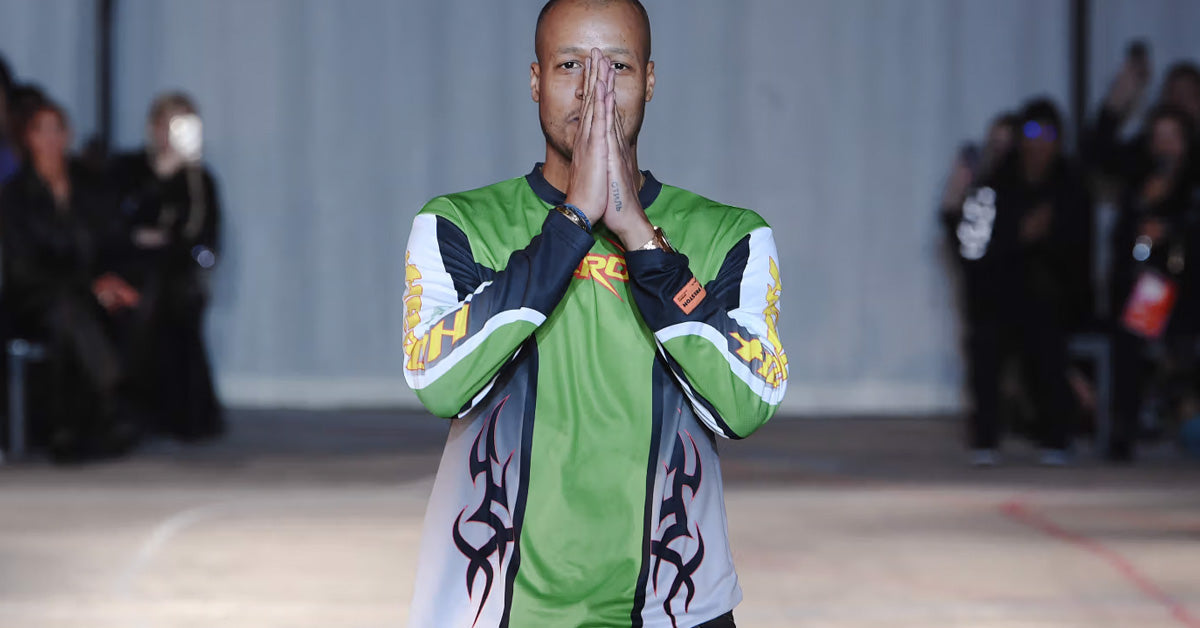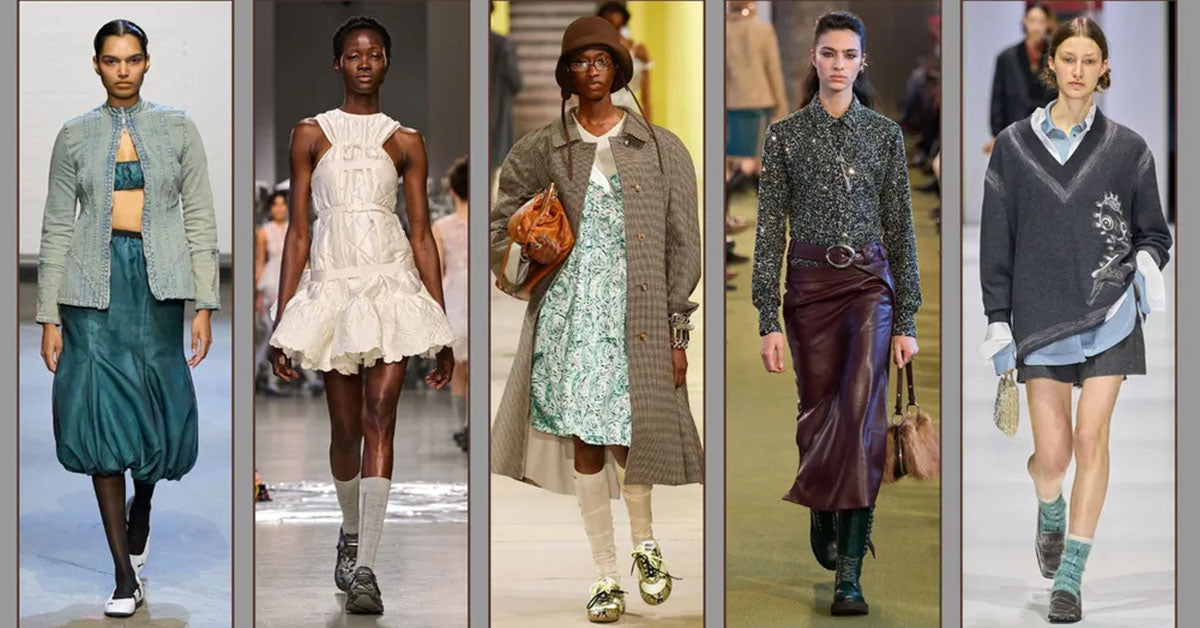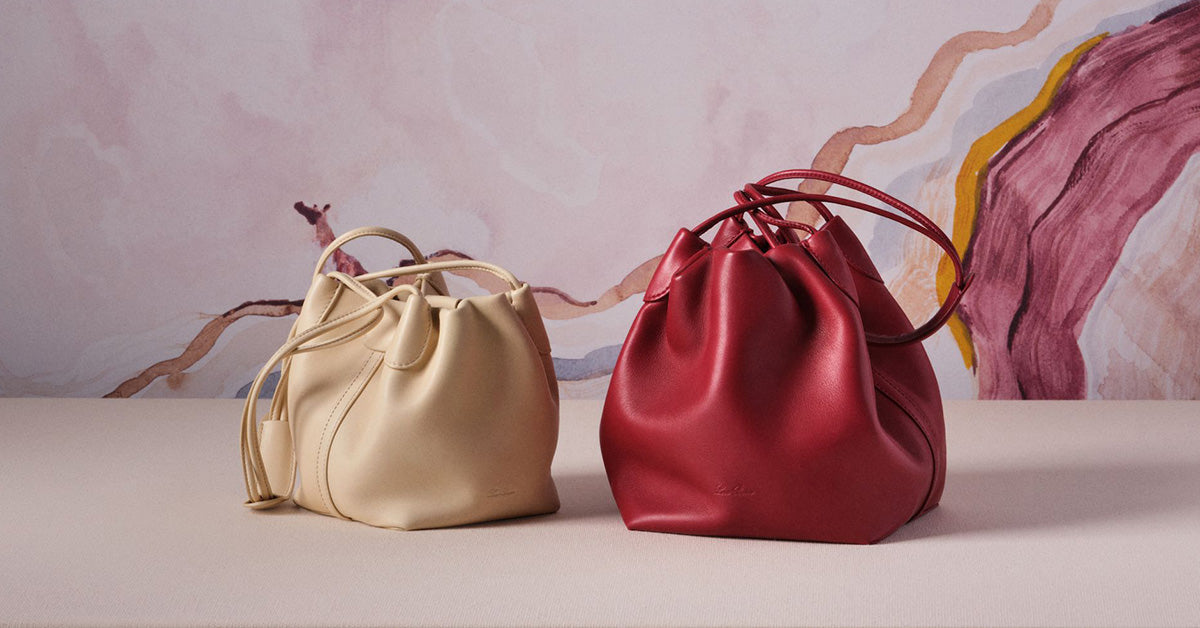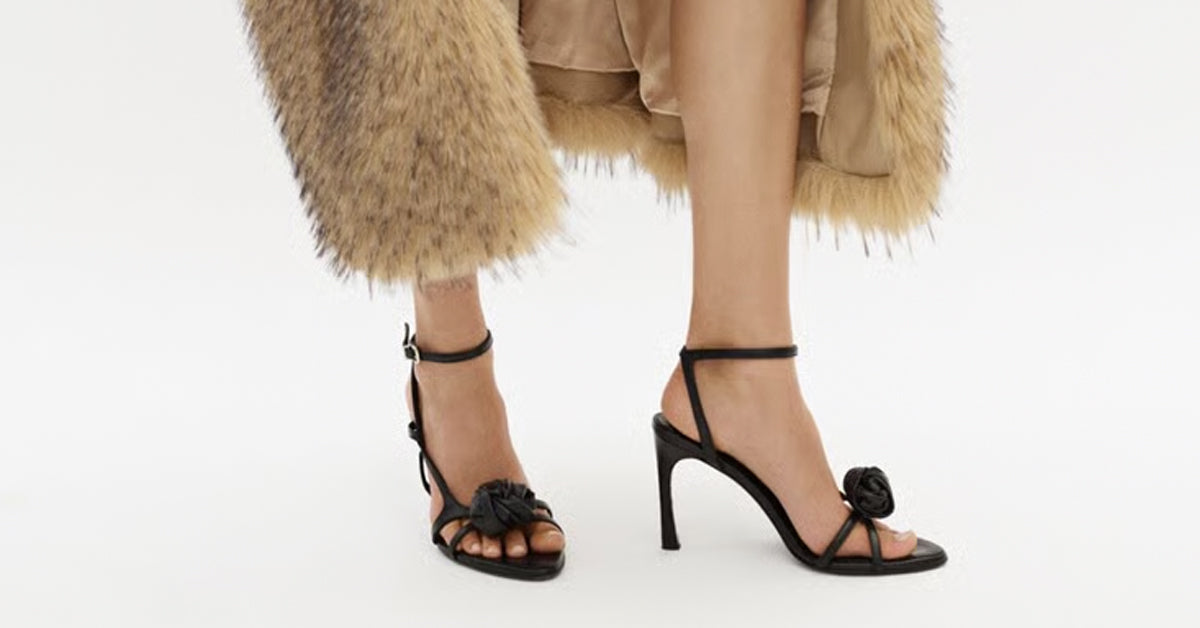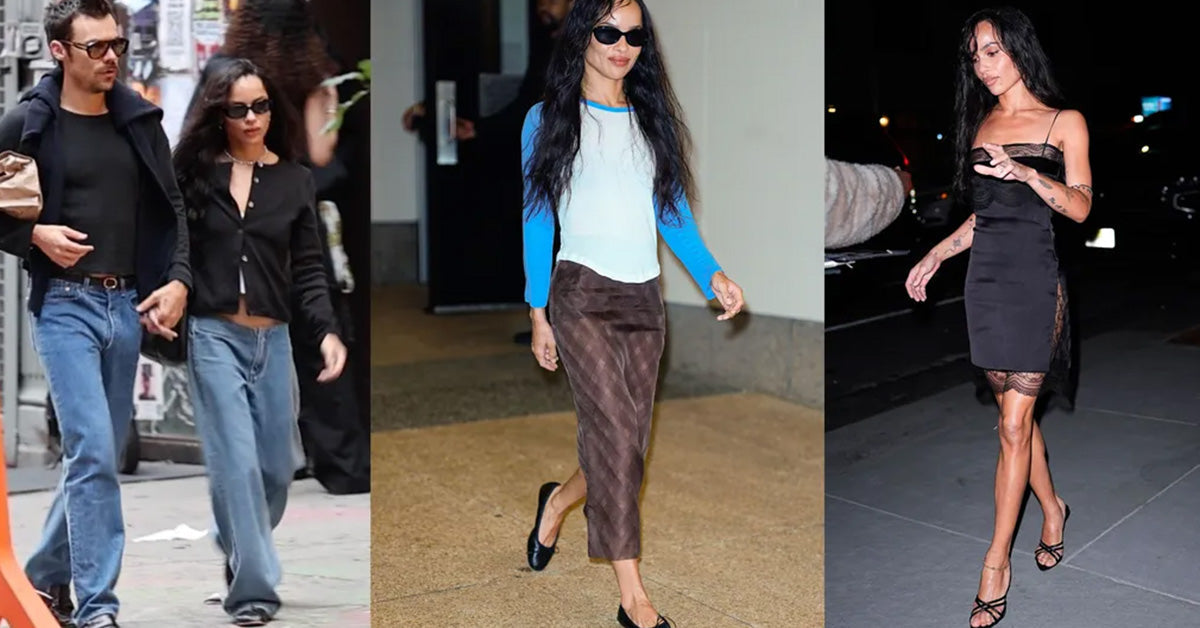Explore with AI & Follow Us
Introduction to Safari Style
Sophisticated yet rugged, Safari style is one of fashion’s most enduring trends, blending functionality with effortless elegance. Rooted in the attire worn by adventurers and explorers of the African wilderness in the early 20th century, Safari style has evolved to become a timeless aesthetic that bridges utility and style.
From its earthy tones to its practical design elements, Safari-inspired fashion continues to captivate designers and fashion enthusiasts alike. But what exactly defines this style, and why has it remained relevant for decades? Let’s delve into its fascinating history, key characteristics, and modern-day interpretations.
The History of Safari Style
Safari style originated from the practical clothing worn by European explorers and colonialists during their expeditions into Africa in the late 19th and early 20th centuries. These adventurers required sturdy, breathable, and functional clothing to withstand the harsh climates and rugged terrains they encountered.
Traditionally, these outfits were made from lightweight materials such as cotton or linen and featured neutral colors like khaki, beige, and olive green to blend with the natural surroundings. Key garments included:
- Safari jackets: Lightweight, long-sleeved jackets with multiple pockets for carrying essential tools and supplies.
- High-waisted trousers: Durable and practical, often paired with wide belts.
- Pith helmets: Iconic headgear designed to protect against the sun.
In the 1960s, Safari style made its way into mainstream fashion, thanks to designers like Yves Saint Laurent, who reimagined the utilitarian look for the runway. His iconic “Saharienne” jacket, introduced in 1968, remains a hallmark of Safari-inspired fashion.
Key Characteristics of Safari Style
Safari style is defined by a combination of neutral palettes, practical designs, and subtle nods to adventure and exploration. Here are some of its most distinctive characteristics:
- Neutral color palette: Shades like khaki, olive green, beige, tan, and sandy brown dominate the look, reflecting the natural landscapes of the African savannah.
- Functional details: Multiple pockets, belts, and buttoned closures are key elements, emphasizing the style’s utilitarian roots.
- Natural fabrics: Lightweight, breathable materials such as cotton, linen, and canvas are commonly used to ensure comfort in warm climates.
- Structured silhouettes: Safari outfits often feature tailored designs, such as cinched waists and sharp collars, which add a touch of elegance to their rugged appeal.
- Accessories: Wide-brimmed hats, leather belts, and sturdy boots or sandals complete the look, enhancing its adventurous vibe.
Modern Interpretations of Safari Style
While Safari style retains its classic elements, modern fashion designers have incorporated contemporary twists to keep the trend fresh and relevant. Today, you’ll find Safari-inspired pieces in everything from runway collections to streetwear. Here’s how it has evolved:
- Luxury fabrics: High-end materials like silk and suede are now used to elevate the traditional Safari aesthetic.
- Bold patterns: Animal prints, such as leopard or zebra, are often paired with Safari silhouettes for a more daring look.
- Gender-neutral designs: The utilitarian and structured nature of Safari style makes it a popular choice for gender-neutral fashion.
- Urban Safari: Designers have adapted Safari elements for city life, incorporating them into tailored suits, chic jumpsuits, and everyday separates.
Whether you’re heading on a real adventure or simply want to channel the spirit of exploration, Safari style offers the perfect blend of practicality and sophistication.
How to Wear Safari Style
Incorporating Safari style into your wardrobe is easier than you might think. Here are some tips to help you nail the look:
- Start with a Safari jacket: This versatile piece can be paired with jeans, shorts, or skirts for a casual yet polished outfit.
- Stick to neutral tones: Build your ensemble around earthy colors to capture the essence of Safari style.
- Accessorize thoughtfully: Add a wide-brimmed hat, leather belt, or crossbody bag for an extra touch of adventure.
- Mix and match: Combine Safari-inspired pieces with modern staples, such as a white T-shirt or sleek sneakers, for a contemporary twist.
The key to pulling off Safari style is to strike the right balance between practicality and elegance, ensuring your outfit feels intentional rather than costume-like.
Why Safari Style Remains Timeless
Safari style has stood the test of time because it embodies a sense of adventure, freedom, and connection to nature. Its neutral colors and structured designs make it incredibly versatile, while its functional elements ensure comfort and practicality. Moreover, its ability to adapt to modern trends has kept it relevant in the ever-changing fashion landscape.
Whether you’re drawn to its rugged charm, its sophisticated silhouettes, or its historical roots, Safari style is a fashion trend that continues to inspire and captivate.
FAQs About Safari Style
-
Q: What is Safari style?
A: Safari style is a fashion trend inspired by the clothing worn by explorers and adventurers in the African wilderness. It combines neutral tones, functional designs, and natural fabrics to create a rugged yet elegant look. -
Q: What colors define Safari style?
A: Safari style typically features earthy tones such as khaki, olive green, beige, tan, and sandy brown. -
Q: Can I wear Safari style in urban settings?
A: Absolutely! Modern interpretations of Safari style include tailored pieces and chic accessories that make it perfect for city life. -
Q: What fabrics are commonly used in Safari style?
A: Lightweight and breathable materials like cotton, linen, and canvas are commonly used, though luxury fabrics like silk and suede are also popular in contemporary designs. -
Q: How can I accessorize a Safari-inspired outfit?
A: Accessories like wide-brimmed hats, leather belts, crossbody bags, and sturdy boots or sandals can enhance your Safari-inspired look.
Explore with AI & Follow Us

